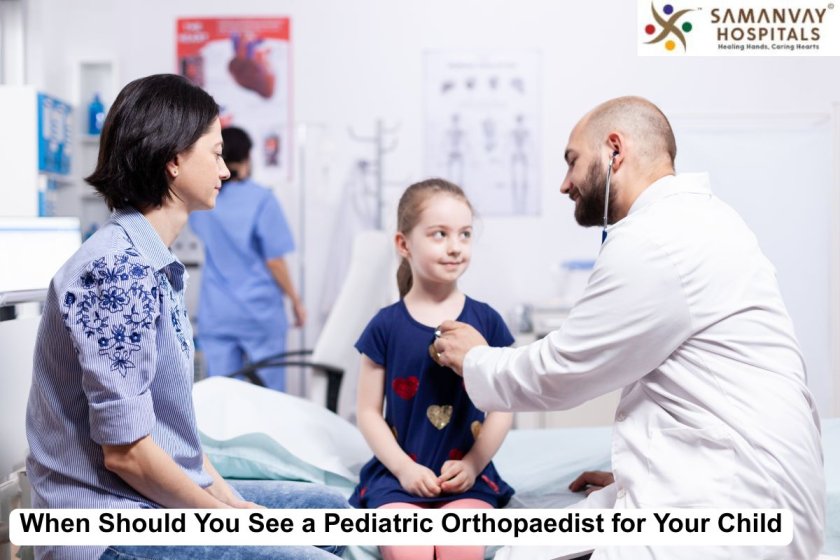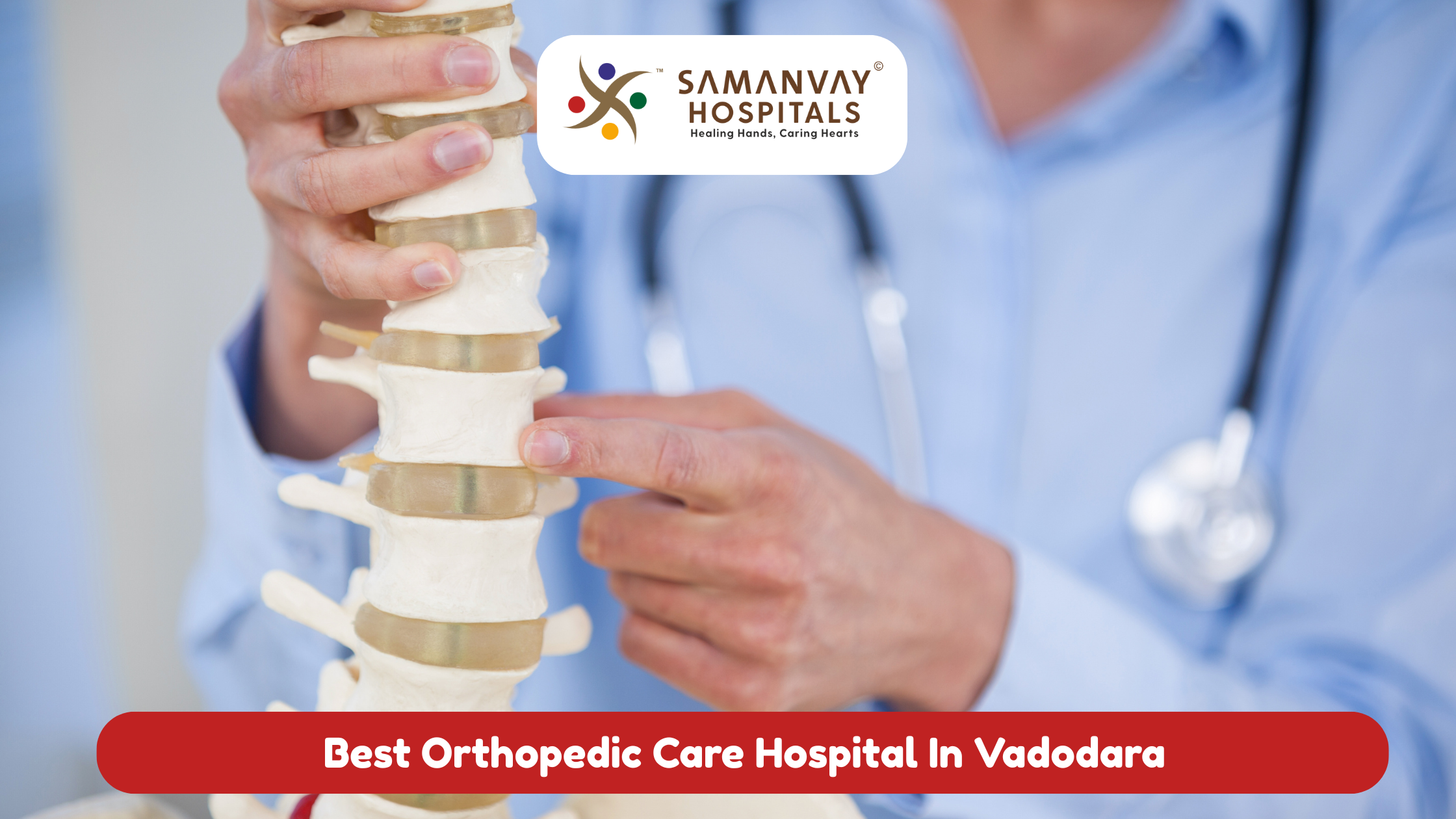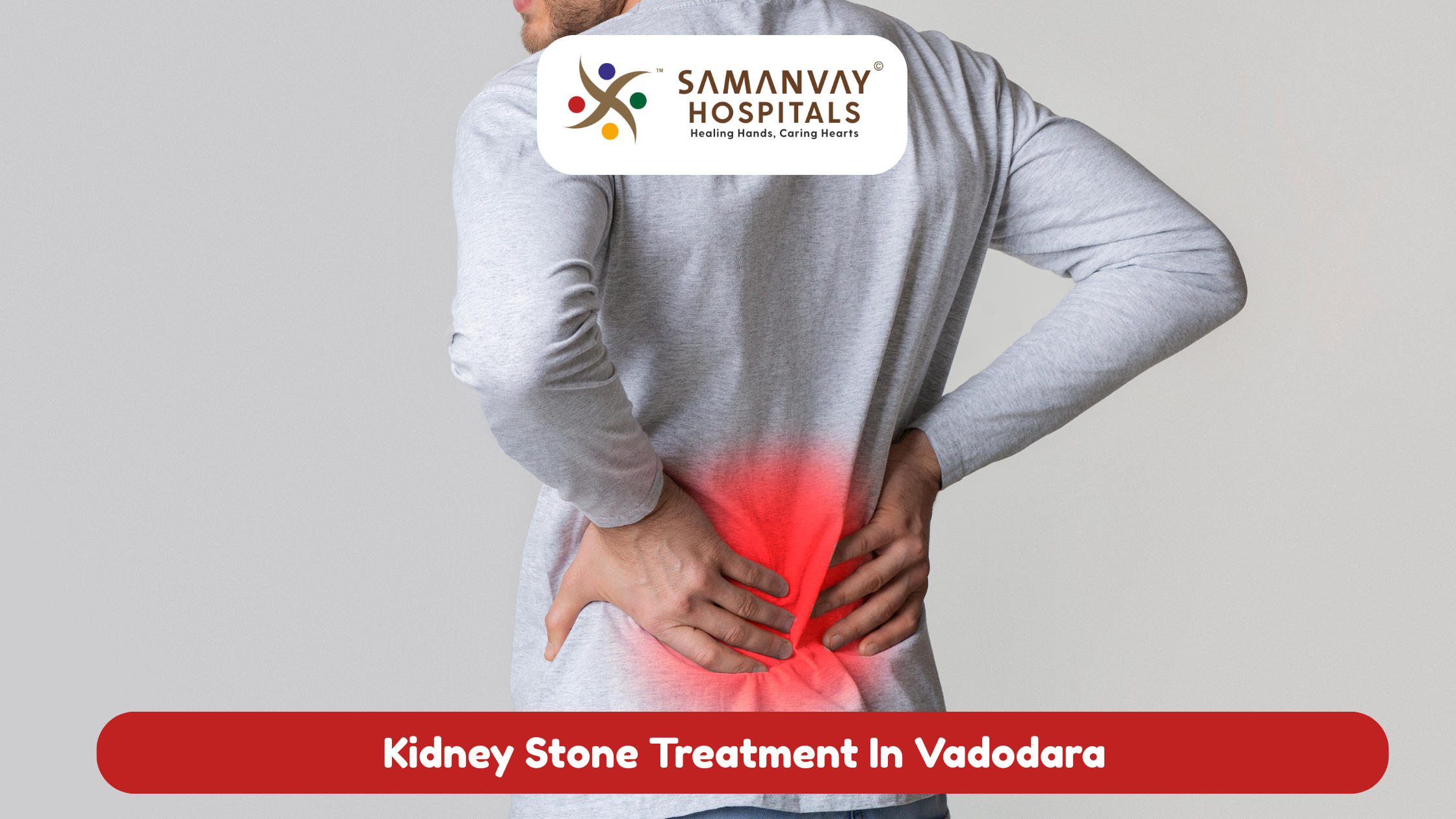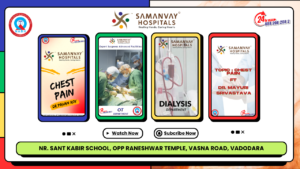
Table of Contents ( Pediatric Orthopaedist )
- Introduction
- Who is a pediatric orthopaedist?
- Signs your child may need a pediatric orthopaedist
- Common orthopaedic issues in children
- When to seek immediate care?
- Diagnosis and treatment options
- How to prepare for the visit?
- Choosing the right hospital or specialist
- Pediatric knee issues: A special note
- Why does experience matter?
- Conclusion
- FAQs
Introduction
Kids develop quickly, and bones, joints, and muscles keep growing. Parents occasionally observe abnormal ways of walking, posture difficulties, or chronic pain. While minor pains are typical, some symptoms can indicate underlying orthopedic issues that should be treated by professionals. In these instances, one should see a Pediatric Orthopaedist.
Moreover, a Pediatric Orthopaedist is a specialist who diagnoses and treats all disorders of bones, joints, and muscles in children from infancy to adolescence. This blog informs you when to seek treatment, how such specialists work, and what parents should know before you go in. It will also enlighten you on how to select the top orthopedic hospital in vadodara or doctor for your child.
Who is a Pediatric Orthopaedist?
A pediatric orthopaedist is a doctor expert in musculoskeletal problem treatment in children. Their specialty is
- Bone growth and alignment defects
- Congenital deformities (present at birth)
- Growing issues as children develop
- Injuries such as sprains or fractures
Children are not little adults—their bones are less dense, and they heal in a different way. Therefore, techniques to treat children are therefore distinct from those for adults. Pediatric orthopaedists care about finding solutions that work with normal growth while repairing things that are damaged.
Signs your child may need a Pediatric Orthopaedist
Not all falls and pains require a specialist, but some signs should never be ignored:
- Pain that happens repeatedly in muscles or joints
- Standing out, or walking strangely
- Visible deformities in legs, arms, or spine
- Persistent breakage of bones as a result of small injuries
- Uneven shoulders or hips
- Stiffness or restricted motion
Additionally, if a child complains of pain, swelling, or numbness at night, medical evaluation becomes a matter of concern immediately. Early diagnosis avoids long -term implications.
Common orthopaedic issues in children
Children are treated for various conditions by orthopedists, including
- Flat foot or in-toeing gait—normally corrects but, on some occasions, needs treatment.
- Scoliosis (spinal curve)—observed and, in some cases, bracing or surgery.
- Clubfoot – early treatment with casting or surgery.
- Fractures and growth plate injuries – Need to be properly realigned to allow normal bone growth.
- Developmental dysplasia of the hip (DDH)—usually treated in infancy to avoid problems later on.
However , sports injuries are becoming more common in children. Strains, sprains of the ligaments, and repetitive use injuries need to be treated by a specialist in order to prevent permanent damage.
When to seek immediate care?
Some conditions require immediate referral to a pediatric orthopedist:
- Sudden loss of the function of a limb
- Severe pain following a fall or injury
- Swelling of the joint or bone that rapidly increases
- Numb bone deformity or other abnormal angulation
- Presence of a high fever accompanied by joint pain (can be an indication of infection)
Don’t wait to “see if it gets better.” Prompt treatment prevents complications and promotes quicker recovery.
Diagnosis and treatment options
Orthopaedists use a variety of diagnostic tools:
- Physical examinations—to evaluate flexibility, posture, and movement.
- X-rays or MRI scans—for comprehensive imaging of joints and bones.
- Gait analysis—to analyze walking patterns extensively.
Treatment is different with the age and nature of the condition in children:
- Casting or bracing—to correct deformities or stabilize fractures.
- Physical therapy—to increase muscle and range of motion.
- Minimally invasive surgery—only when absolutely necessary to correct bone realignment or structural issues.
- Long-term follow-up—to ensure normal growth and avoid relapse.
How to prepare for the visit?
Parents can prepare for the visit by:
- Taking down all symptoms, including onset.
- Having any previous medical results or X-rays.
- Taking note of family history of joint or bone problems.
- Encouraging kids to express how they are feeling.
Furthermore , while in consultation, ask about treatment duration, outcomes expected, and activity restrictions. It helps doctors provide personalized care.
Choosing the right hospital or pediatric orthopaedist
Accurate choice of where the treatment is being sought is as important as diagnosis. Look for:
- Specialized pediatric orthopedic units
- Up-to-date imaging and surgical centers
- Trained staff well experienced in child-specific therapy
- Excellent rehabilitation care following treatment
Parents prefer centers that combine the latest technology with loving care. Some of the best hospitals in Baroda, for example, have distinct pediatric orthopedic departments with child-friendly environments.
Similarly, some Indian hospitals specialize more and more in multi-specialty treatment, where orthopedists work alongside pediatricians, physiotherapists, and radiologists for complete care.
Moreover, if you seek specialized care, there are some families who go in quest for the best orthopedic hospital in Vadodara that is skilled in handling complex cases in children. These facilities are more likely to provide the whole package, from diagnosis to rehabilitation, under one roof.
Pediatric knee issues: A special note
While bone issues are common among children, knee pain is usually overlooked. Growth plate injuries, sports sprains of the ligaments, and infection are all potential causes of knee issues. Therefore, if your child is facing persistent pain in the knee, it would be a good idea to consult any pediatrician with a knee specialist in vadodara or experience in the knees. They will be able to determine whether it is a minor stress or if something is deep that is to be addressed.
Why does experience matter?
The experience of a doctor plays an important role in treating children’s orthopedic problems. Parents also prefer having professionals who are among the top 10 orthopedic doctors in Vadodara, as they get good exposure to various cases of children. However, well-experienced professionals are aware of subtle clues, recommend proper investigations, and provide individualized treatments as per a child’s growth needs.
Conclusion
Children’s bones grow rapidly, and it is easy to correct early identified problems. A pediatric orthopedist ensures that your baby’s musculoskeletal system increases normally, preventing complications later. Constant pain, lame or deformity should never be ignored.
Moreover, search for hospitals with dedicated pediatric orthopedic units, modern facilities and skilled doctors that prefer child friendly care. Whether you are in Baroda, Vadodara, or any hospitals in India, medical attention on time will help your child to be active, healthy and painful.
FAQs
If symptoms appear, any age is fine. Even infants with hip or leg issues can be treated.
No, many are naturally correct. But constant or deteriorating problems require evaluation.
Not always. Most of the conditions are first managed with medical, bracing or casting.
Yes, if untreated. Early diagnosis helps prevent complications during bone development.
It depends on the situation. Some require frequent monitoring, others only conduct periodic examinations.







